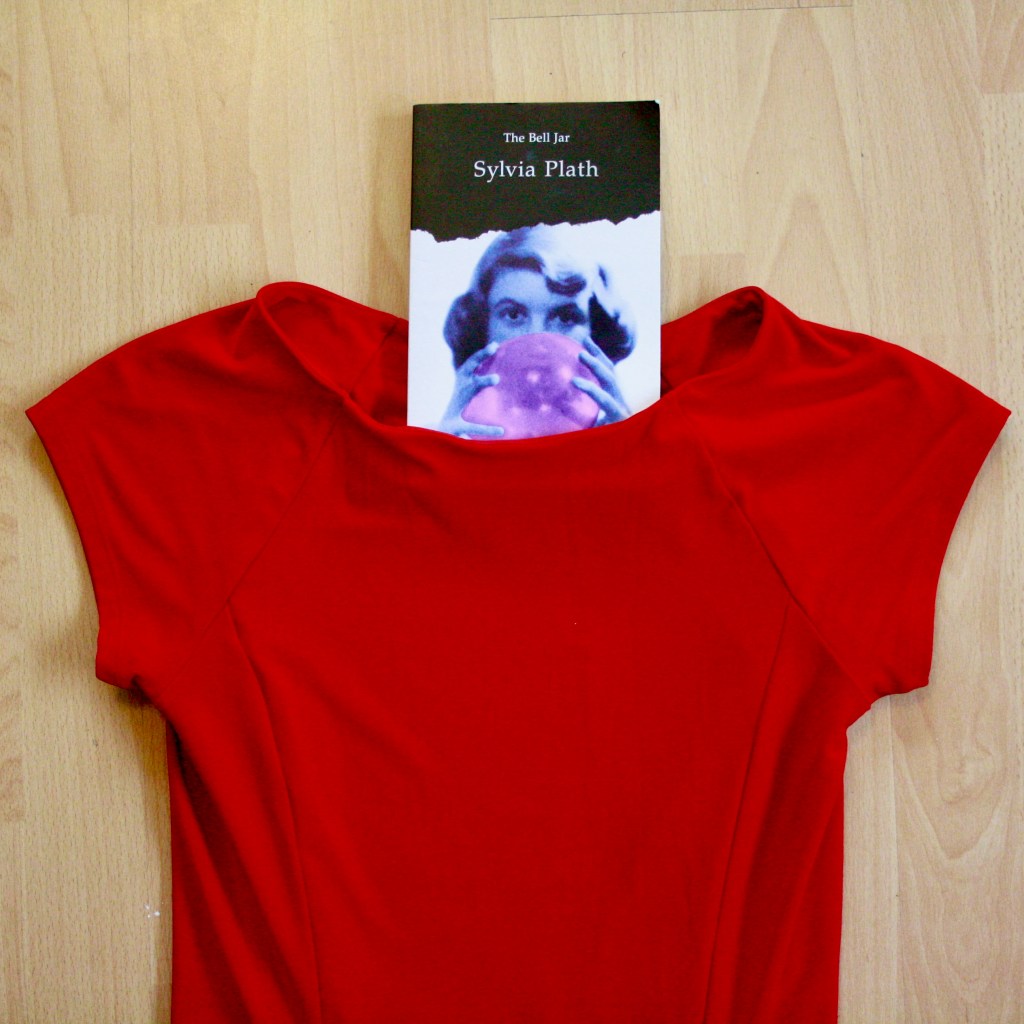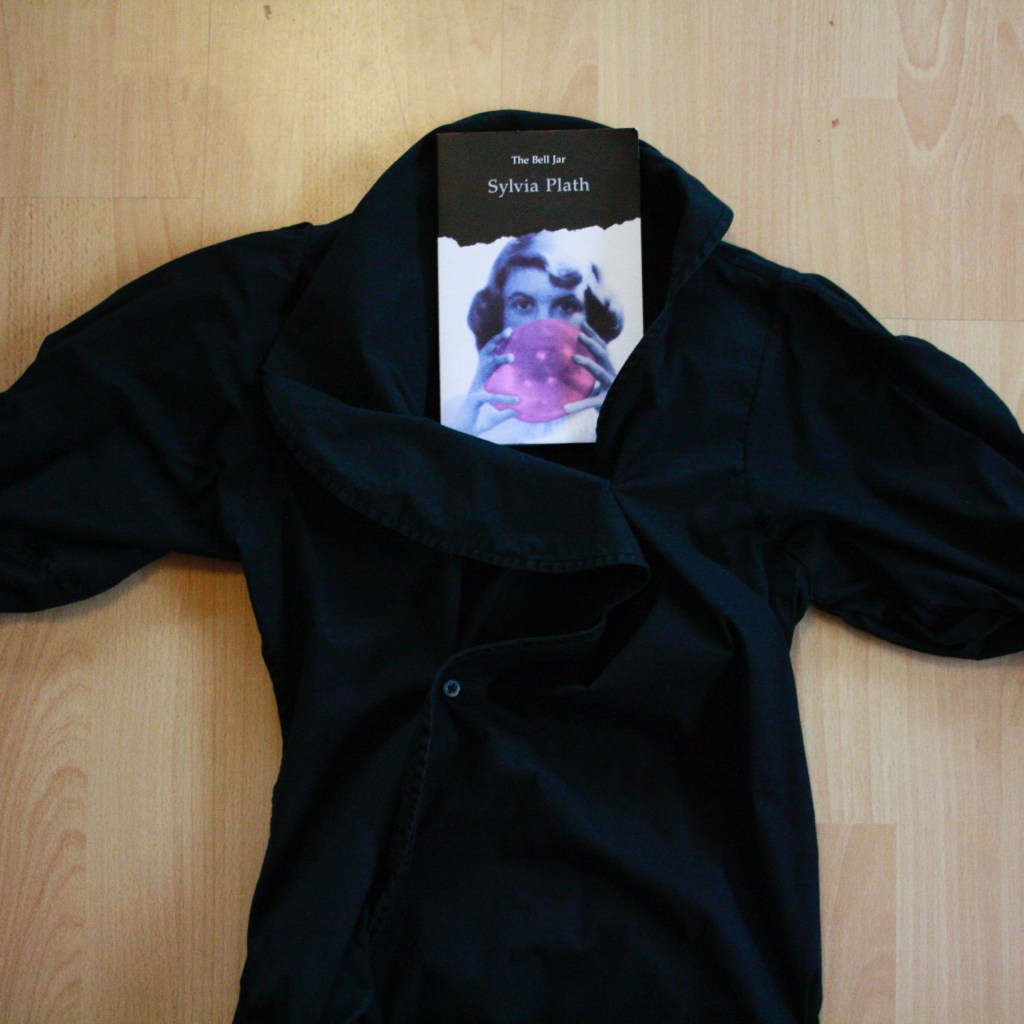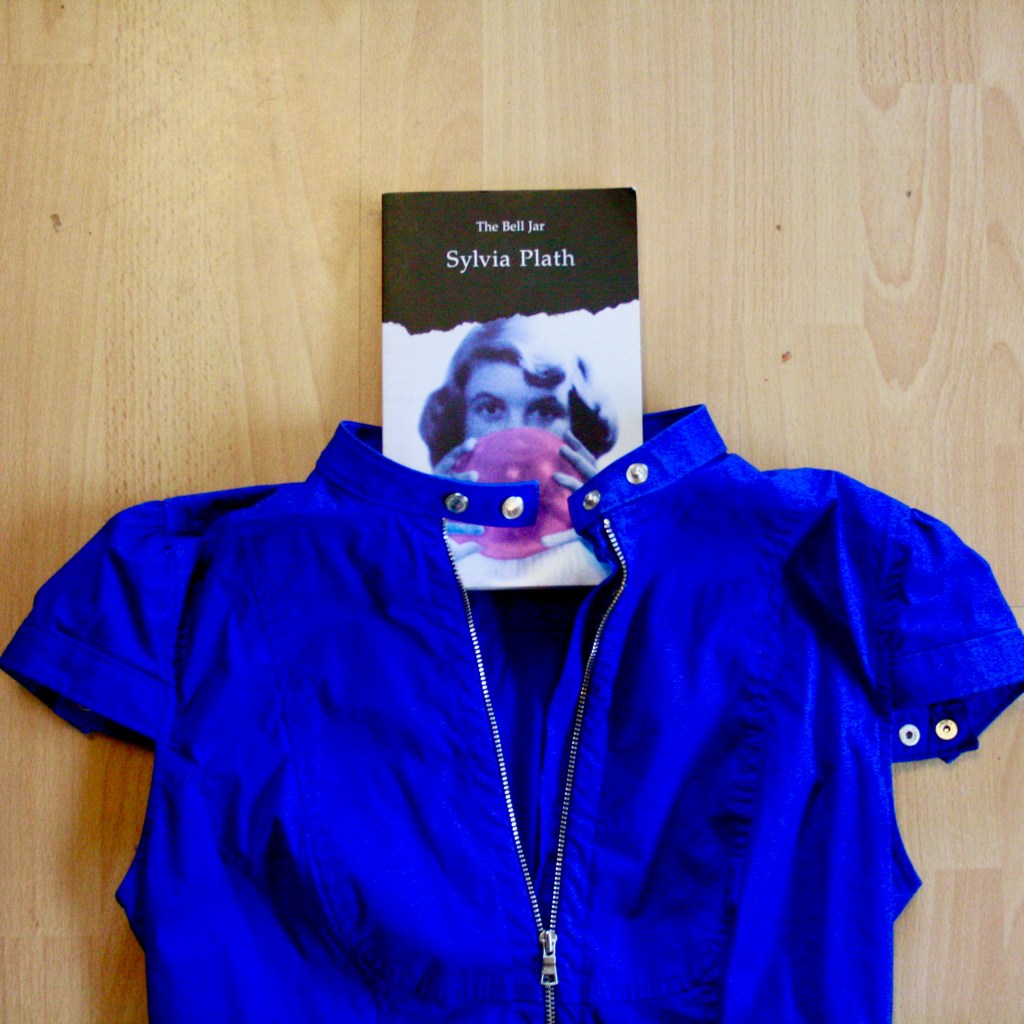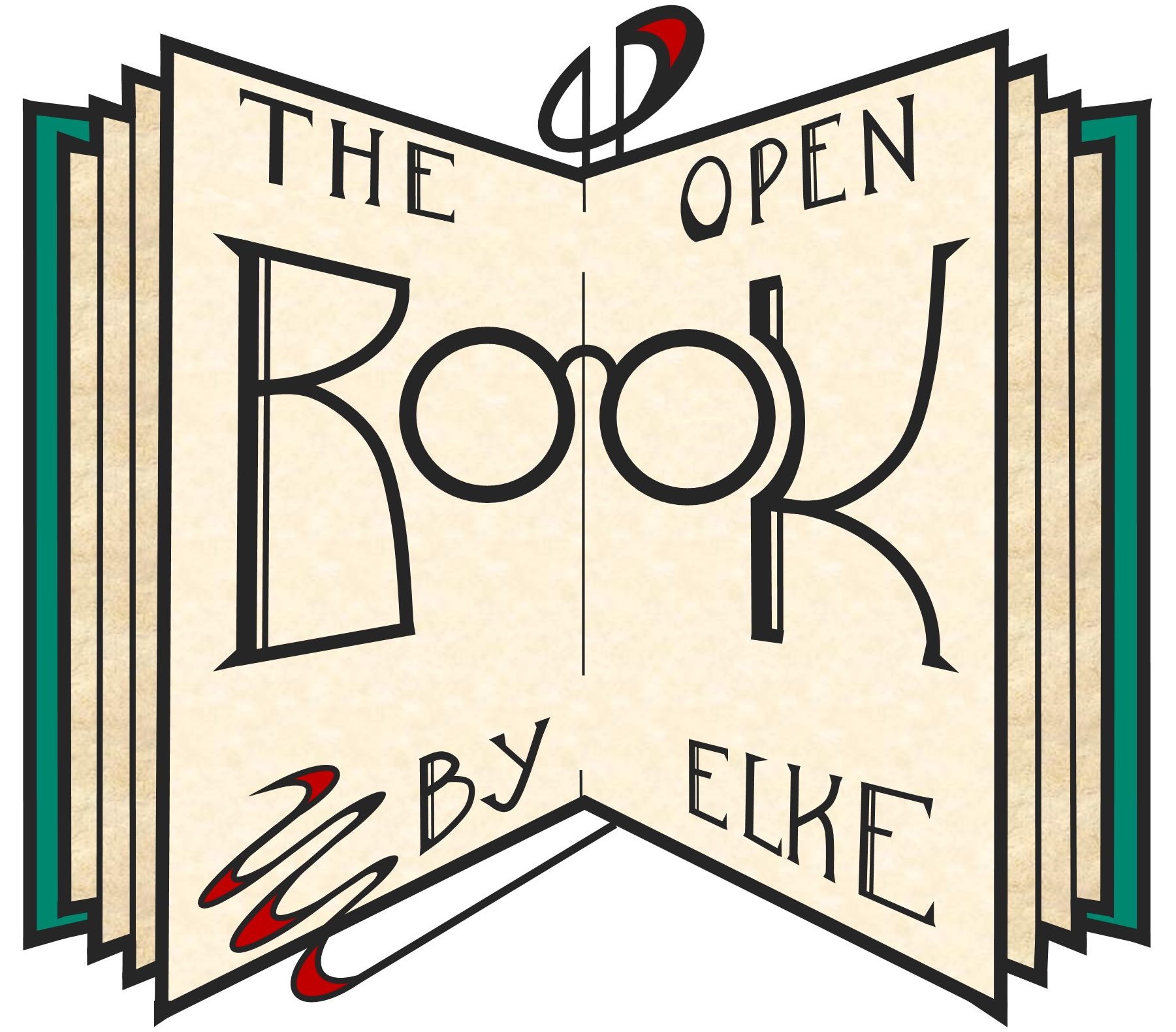“The Bell Jar? Isn’t that about that woman who committed suicide?”
“Actually, it’s a novel by Sylvia Plath, about a lost young girl trying to find out who she is.”
“Yes, her! She wrote about her own life in that book, didn’t she?”
Sometimes a person’s tragic demise overshadows their artistic achievements. This is most definitely the case with Sylvia Plath, who famously committed suicide in 1963 and whose only novel The Bell Jar, published posthumously, is inextricably linked to her own life. Is it still possible to read it as an actual novel without thinking about who wrote it? Read on!

The Bell Jar is about nineteen-year-old Esther Greenwood, who is in a girls’ hotel in New York because she has won a writing competition. However, she soon finds out she doesn’t quite know why she’s there, how she’s feeling, and what she wants to do. Eventually, she tries to commit suicide and is admitted into a mental health hospital. She then has to discover who she is and what she wants to do with her life.
In The Bell Jar, Esther reads a story in a magazine about a fig tree representing all the choices one has in life. Esther feels like she needs to pick one of them, and in doing so, she has to destroy all the other paths of life she could also have taken. Unable to make a decision, she doesn’t pick any fruit, and feels lost because of that. She compares her feelings to being underneath a bell jar; she only has her own thoughts for company, telling her she is worthless, and everything outside of the bell jar is distorted and unreachable.

Interestingly, even though the outside world might seem confusing to Esther, one of the most noticeable aspects of The Bell Jar is its use of vibrant colours. Everything Esther sees is described by its colours: the green grass, the bright pink clothes the girls at her hotel are wearing, and the doctor’s office. At first, I thought these colours added life and depth to the story, but I later realised that Esther might use them as an anchor to stay in the real world. She might feel disjointed from the world, but by writing down bright colours, she could be pretending to be part of it. Furthermore, these colours are in stark contrast with her own dark feelings, and by describing colours, she might attempt to draw attention to the outside world instead of to herself.

These bright colours are also featured in the clothes Esther is wearing. Since she is writing for a fashion magazine, she is given the most beautiful, colourful, and trendy clothes she has ever seen, and she loves them. However, on her final day in New York, when she is feeling more and more lost, she throws all her clothes away into the night. This is highly symbolic, since the night stands for her dark feelings, while the fancy clothes stand for the wall she’s pulled up against herself. Getting rid of these clothes equals admitting to herself that there’s something wrong with her, even though she doesn’t quite know what it is.
The Bell Jar is riddled with the search for identity. Esther has been told from a very young age that she has to be what either her loved ones or society demand from her; a talented student, a secretary, and a pure woman – even though her boyfriend doesn’t have to be pure. Like many nineteen-year-old girls (I clearly remember what that was like) Esther is conflicted between wanting to please everyone and desperately needing to find out what she herself wants. This inner conflict is what eventually causes her depression.

Many of the events in The Bell Jar were based on Sylvia Plath’s own life. Since this novel was published posthumously in America, many people have tried to analyse Plath’s own turbulent life by reading The Bell Jar, and some are even convinced that her untimely demise could have been prevented if people had paid more attention to what Plath actually wrote about in her poems and this novel. I must admit, at times I was struggling to read this novel as just that, instead of an extension of its author; I kept wondering which parts had actually happened to Sylvia Plath, and which of them she had made up. It turns out, therefore, that just like Esther’s search for identity, readers of The Bell Jar have several notions to choose from.

However, when I think about Plath’s inspiration for The Bell Jar, I cannot possibly imagine it being just a cry for help, or a way to make sense of who she was as a young girl. She was a wildly talented and ambitious woman and wanted nothing more than to become a successful poet and author, using her own life to reach that goal. There are several ways in which we can interpret The Bell Jar: we can enjoy its story and style, we can empathise with lost Esther, or we can try to decipher what eventually made its author realise she didn’t want to continue living. None of these exclude the others, and there might be many more ways in which this novel can be read.
As for me, I wish I could write about my own life with such passion as Sylvia Plath did. I write in a much more detached way, because putting down my innermost feelings petrifies me. Actually, come to think of it, I am as unlike Esther as possible; she is underneath the bell jar with her own feelings, furiously writing them down, while I like to think I’m better off carefully placing my feelings inside it, and then running away from them and discussing something else altogether. I should try to lift it, see what’s there, and then write about it. I should unleash my inner Sylvia Plath.
What did you think of The Bell Jar? Do you ever struggle to find out what’s real and what’s real and what isn’t? Do you think we can know an author through the books they write? Please let me know in the comments! Also, don’t forget to follow me for more book-related posts!



I love how you analyzed the bell jar! I read this recently and still feel haunted by Esther. The writing was beautiful and I felt so involved in the plot, I finished it in a week (which is pretty speedy for me haha). Here’s my review! https://hundredsandthousandsofbooks.blog/2022/03/15/a-teen-girls-review-of-the-bell-jar/
LikeLiked by 1 person
Thank you so much! It’s a beautiful book, isn’t it? I loved your review too!
LikeLiked by 1 person